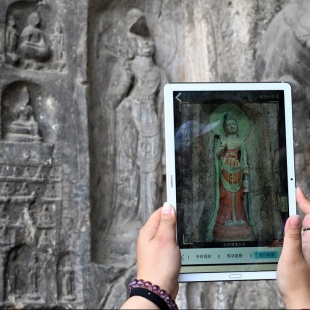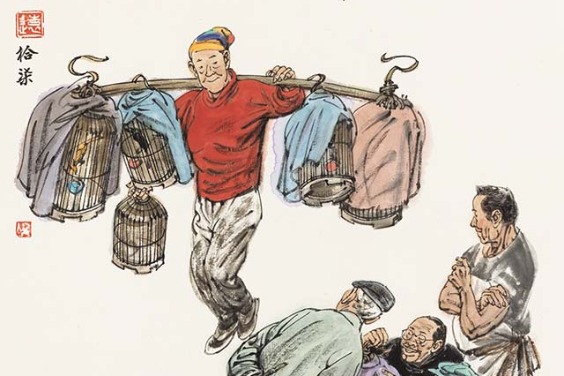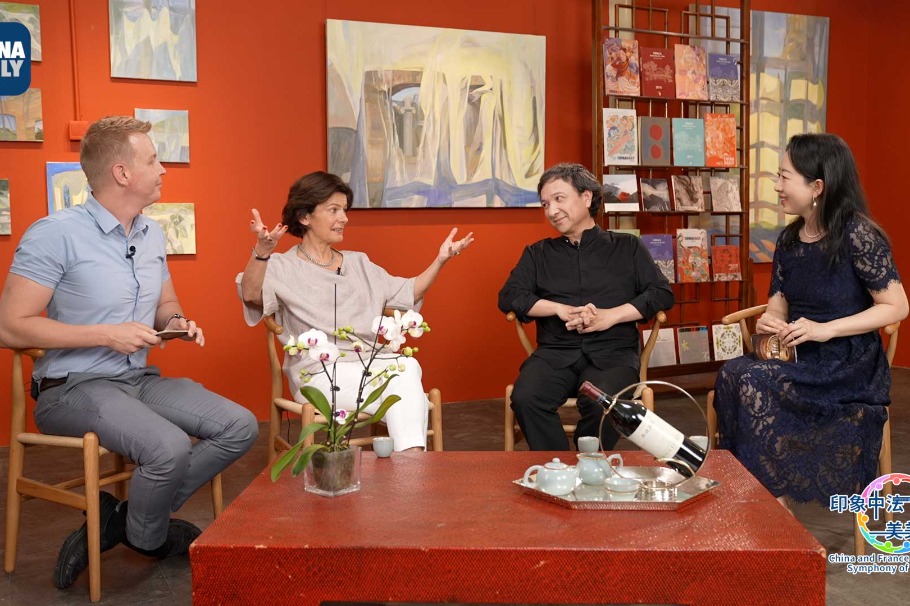Major recent archaeological initiatives

Northwest University's attempts to find Greater Yuezhi
Since 2009, Wang Jianxin, an archaeology professor at Northwest University in Xi'an, Shaanxi province, has been working in Central Asia in search of the Greater Yuezhi, a nomadic group that migrated from China to Central Asia during the Han Dynasty (206 BC-AD 220), in an attempt to clarify its history.
He and his team have discovered the remains of a Central Asian kingdom that existed from the 1st century BC to the 5th century AD known in Chinese as Kangju at the Sazagan site in Samarkand, Uzbekistan. They also found a Greater Yuezhi site to its south at the Rabat cemetery in Boysun, Uzbekistan.
Based on this, they have proposed a new theory for the study of nomadic groups, which focuses on seeking settlements. They believe that, opposed to the general understanding that nomadic people didn't maintain stable settlements, those living on the Eurasian grasslands did.
During their 16 years in Central Asia, the team has worked with all five Central Asian countries. Now, its studies are extending to the West, South, and North Asia.
The Shaanxi Academy of Archaeology's work in Kazakhstan and Kyrgyzstan
Since 2017, scholars from the Shaanxi Academy of Archaeology have worked with their Kazakhstani counterparts to study the Rahat city site in the Almaty region, an important stop on the Grassland Silk Road. They have uncovered more than 100 remains, including foundations, rubbish pits and tombs, revealing Rahat's cultural significance and providing important evidence of cultural exchange along the route.
In 2018, they also began to explore the Krasnaya Rechka site situated 40 kilometers to the east of Bishkek with their Kyrgyzstan counterparts. The information contained in the architectural remains, pottery and bronze ware has been important in making clear the degree of communication and integration between multiple civilizations along the ancient Silk Road during the Middle Ages.
The Chinese Academy of Social Sciences' Institute of Archaeology's efforts at the Mingtepa site in Uzbekistan
Since 2012, a joint archaeological team consisting of Chinese archaeologists from the Institute of Archaeology with the Chinese Academy of Social Sciences in Beijing and Uzbekistani archaeologists has carried out eight excavations at the Mingtepa site in the Fergana Valley.
Their efforts have revealed much about an ancient city site, including its scale. They have concluded that it was the largest of all the contemporaneous ancient cities in the valley. Mingtepa had sturdy city walls, gates, and other defensive facilities. Inside and outside the city, there were large-scale buildings and road systems, along with fully functional handicraft workshops with clear layouts. The discovery of burial sites outside the city further enriches the site's cultural significance.
All these discoveries indicate that the site was high ranking, with a fully functional urban layout. It likely served as the central city site of its time in the area, and may even have been the capital of Dayuan, an ancient Hellenistic state on the Silk Road during the Han Dynasty.
The Archaeology Institute of Luoyang's explorations in Central Asia
Since 2017, the Archaeology Institute of Luoyang in Henan province has worked with archaeologists from Uzbekistan, Kyrgyzstan and Tajikistan on a series of archaeological studies centering on the ancient Silk Road, the political center of the nomadic Xiongnu tribe, the Dayuan state and the Greater Yuezhi people.
For example, excavations at the Kuva site in Uzbekistan in 2023 and last year helped clarify the layout of the ancient city, which was a large-scale political and cultural center in the Fergana Valley from the 10th to the 13th century.
The institute has also cooperated with Fergana State University to establish a Fergana-Luoyang archaeology research center, where Chinese archaeologists have imparted archaeological field expertise and restoration techniques to Uzbekistani students.





































